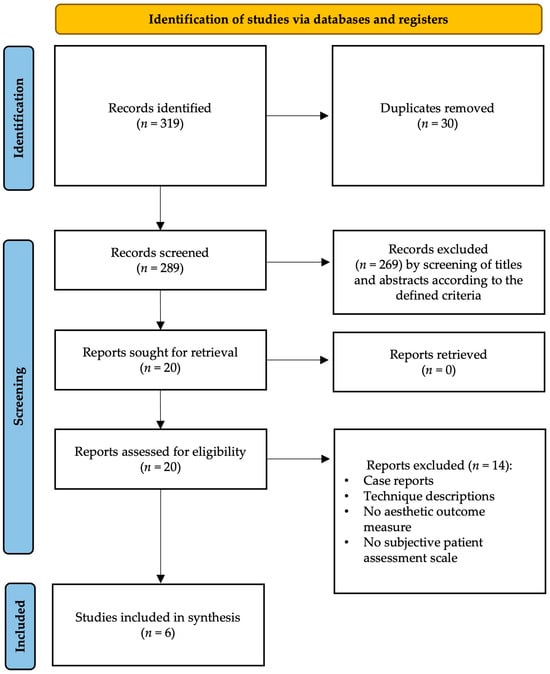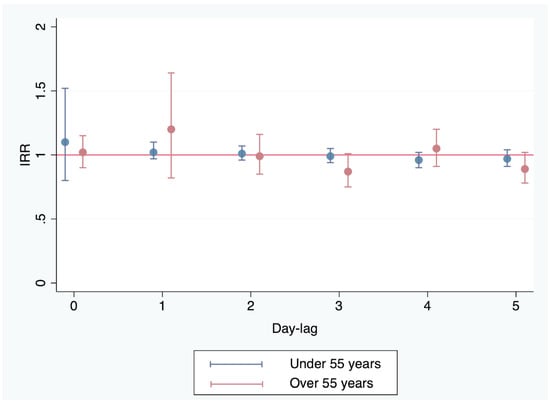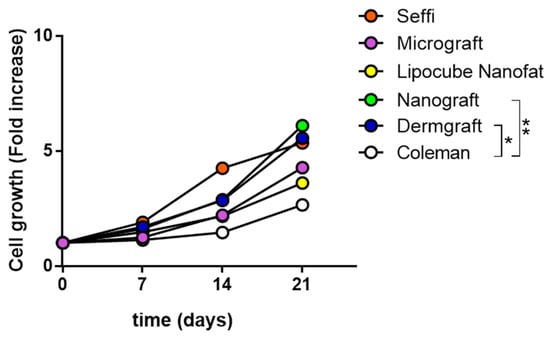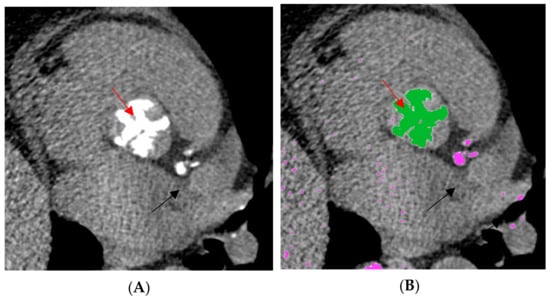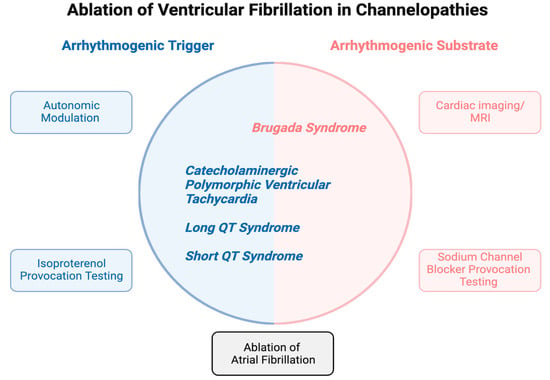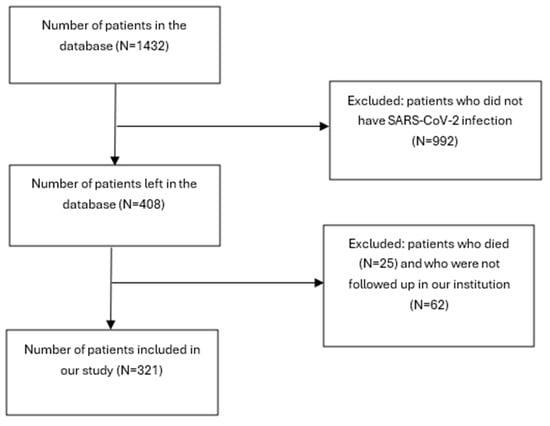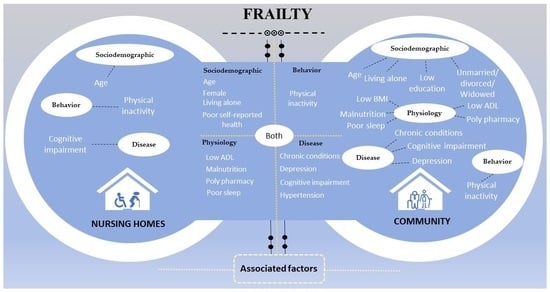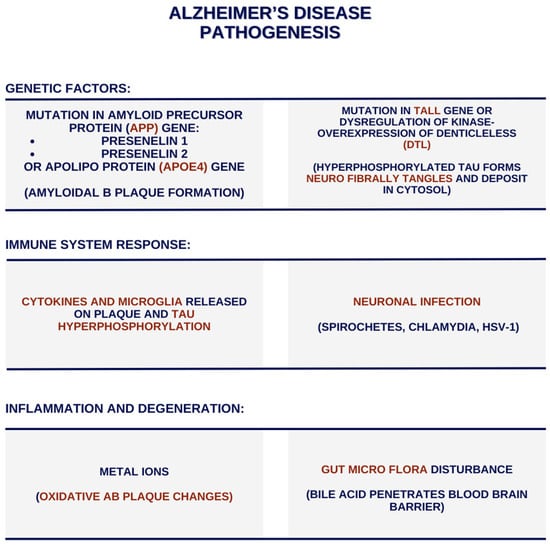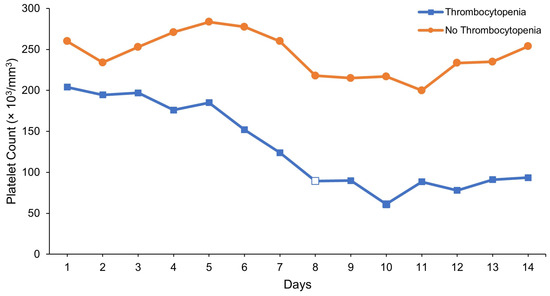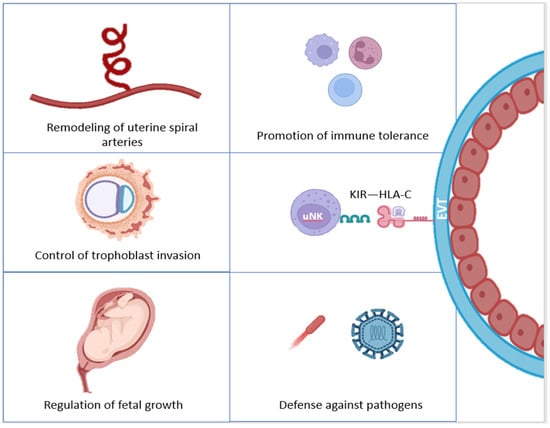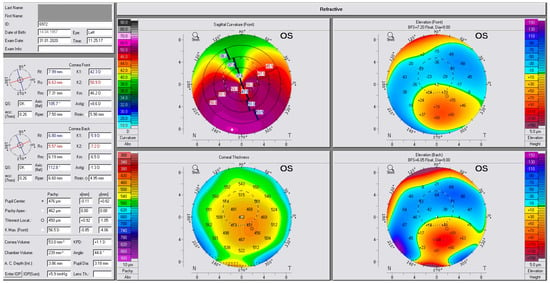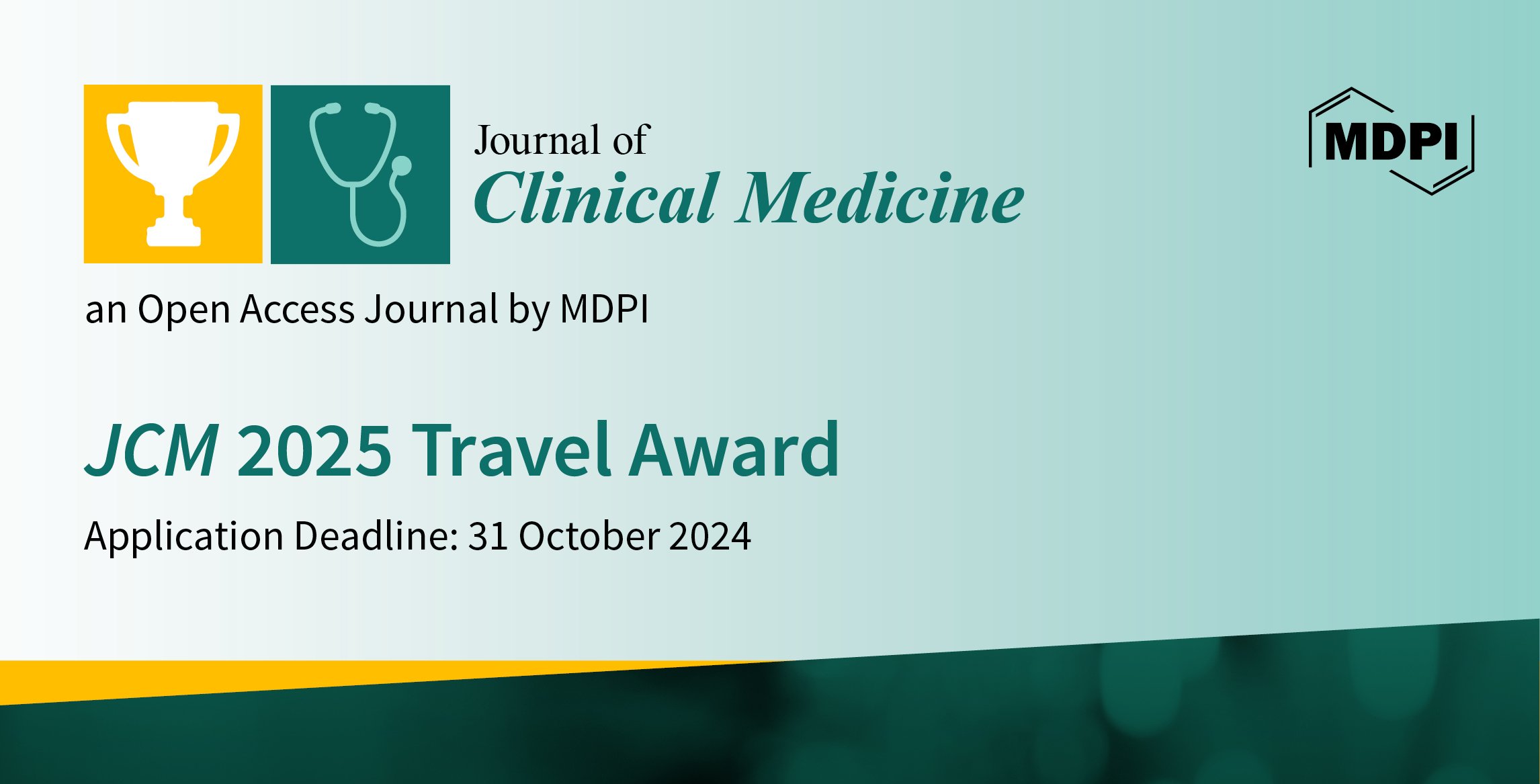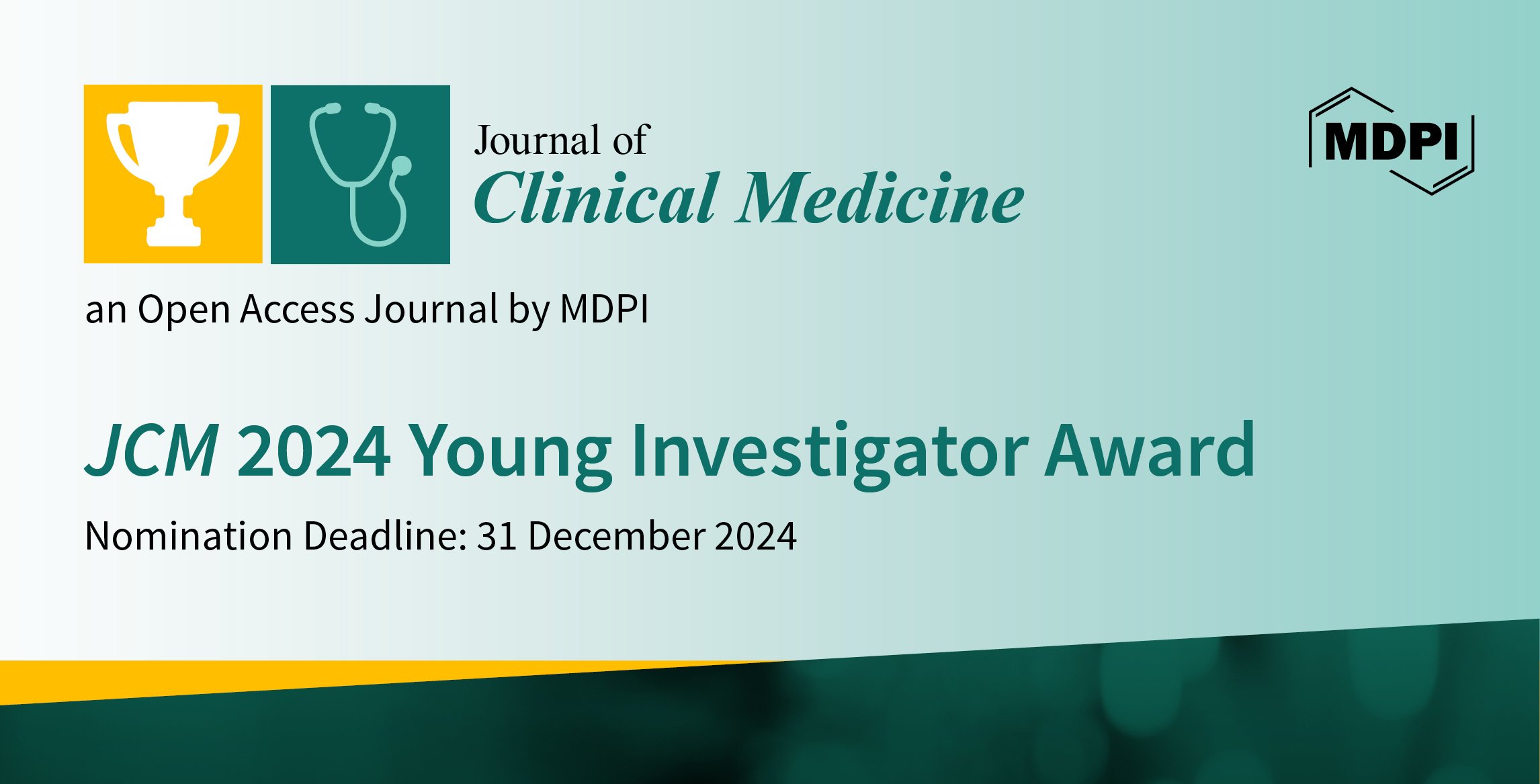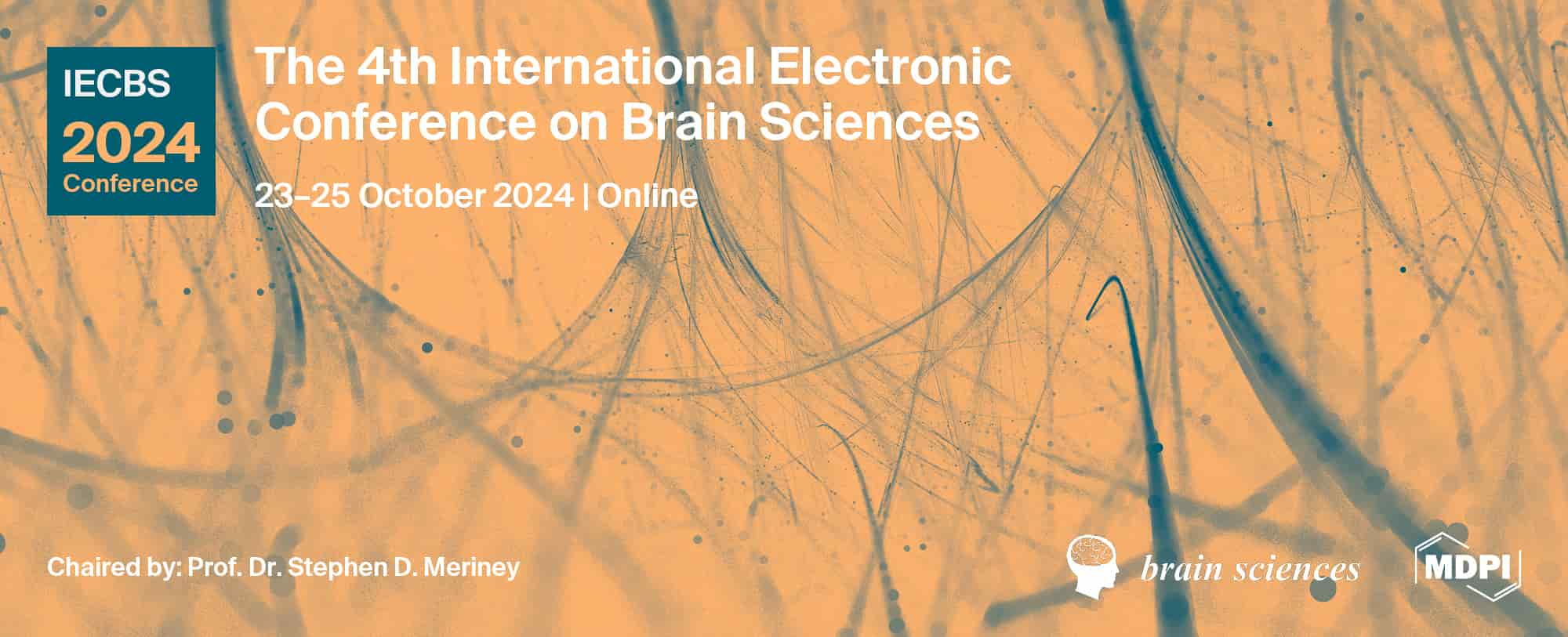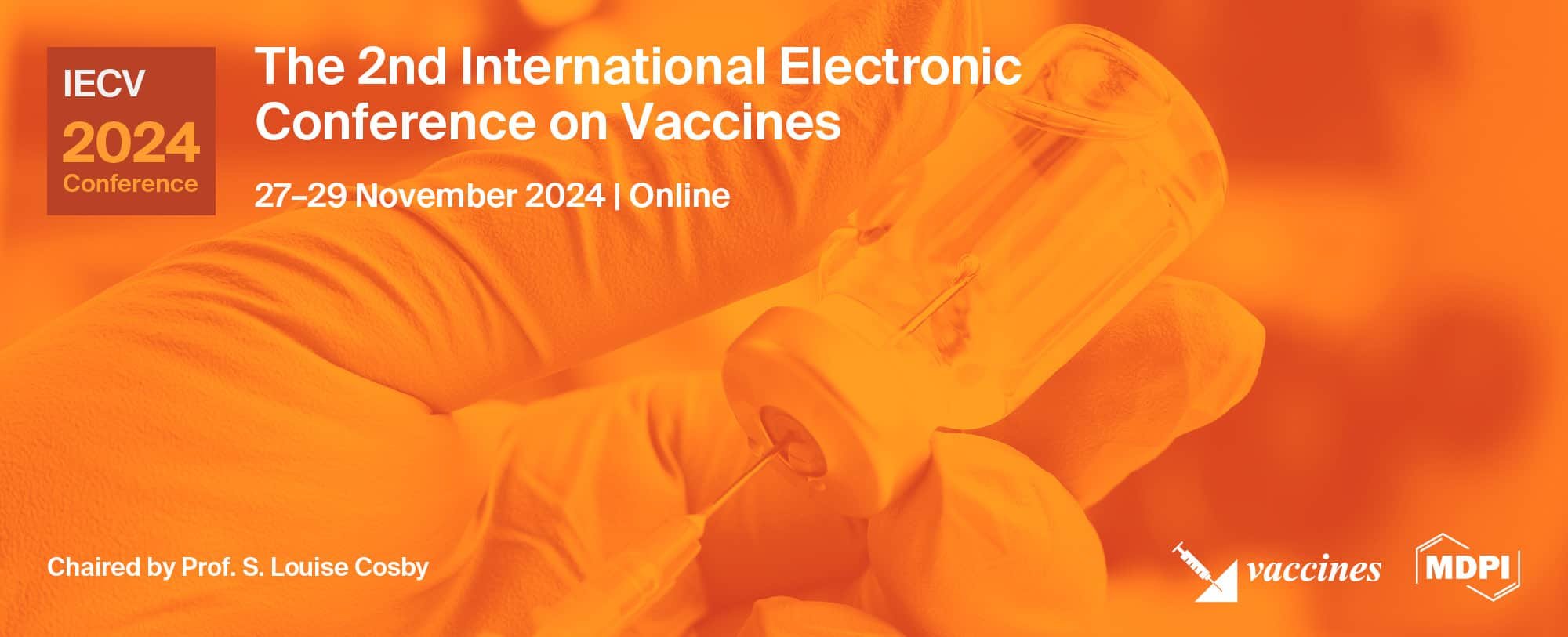-
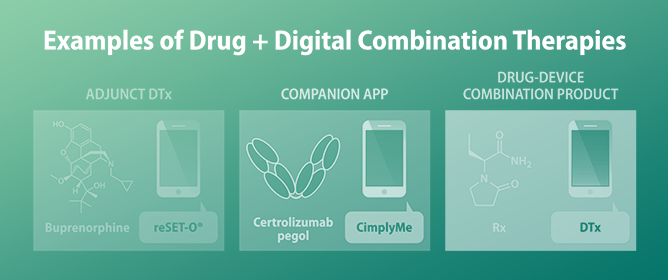 Digital Therapeutics for Improving Effectiveness of Pharmaceutical Drugs and Biological Products: Preclinical and Clinical Studies Supporting Development of Drug + Digital Combination Therapies for Chronic Diseases
Digital Therapeutics for Improving Effectiveness of Pharmaceutical Drugs and Biological Products: Preclinical and Clinical Studies Supporting Development of Drug + Digital Combination Therapies for Chronic Diseases -
 Chronic Obstructive Lung Disease: Treatment Guidelines and Recommendations for Referral and Multidisciplinary Continuity of Care
Chronic Obstructive Lung Disease: Treatment Guidelines and Recommendations for Referral and Multidisciplinary Continuity of Care -
 Lifestyle and Lipoprotein(a) Levels: Does a Specific Counseling Make Sense?
Lifestyle and Lipoprotein(a) Levels: Does a Specific Counseling Make Sense? -
 From Clinical Suspicion to Diagnosis: A Review of Diagnostic Approaches and Challenges in Fungal Keratitis
From Clinical Suspicion to Diagnosis: A Review of Diagnostic Approaches and Challenges in Fungal Keratitis -
 Prostate Cancer Liver Metastasis: An Ominous Metastatic Site in Need of Distinct Management Strategies
Prostate Cancer Liver Metastasis: An Ominous Metastatic Site in Need of Distinct Management Strategies
Journal Description
Journal of Clinical Medicine
- Open Access— free for readers, with article processing charges (APC) paid by authors or their institutions.
- High Visibility: indexed within Scopus, SCIE (Web of Science), PubMed, PMC, Embase, CAPlus / SciFinder, and other databases.
- Journal Rank: JCR - Q2 (Medicine, General & Internal) / CiteScore - Q1 (General Medicine)
- Rapid Publication: manuscripts are peer-reviewed and a first decision is provided to authors approximately 17.9 days after submission; acceptance to publication is undertaken in 2.6 days (median values for papers published in this journal in the second half of 2023).
- Recognition of Reviewers: reviewers who provide timely, thorough peer-review reports receive vouchers entitling them to a discount on the APC of their next publication in any MDPI journal, in appreciation of the work done.
- Companion journals for JCM include: Epidemiologia, Transplantology, Uro, Sinusitis, Rheumato, Journal of Clinical & Translational Ophthalmology, Journal of Vascular Diseases, Osteology, Complications, Therapeutics, and Sclerosis.
Latest Articles
Highly Accessed Articles
Latest Books
E-Mail Alert
News
Topics
Deadline: 20 April 2024
Deadline: 20 June 2024
Deadline: 30 June 2024
Deadline: 7 July 2024
Conferences
Special Issues
Deadline: 20 April 2024
Deadline: 28 April 2024
Deadline: 17 May 2024
Deadline: 31 May 2024




